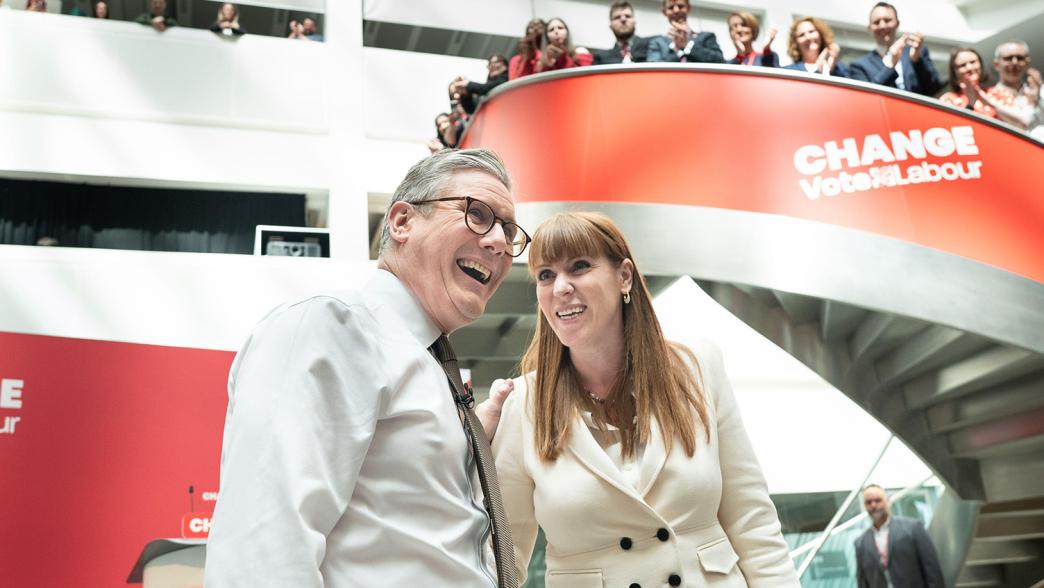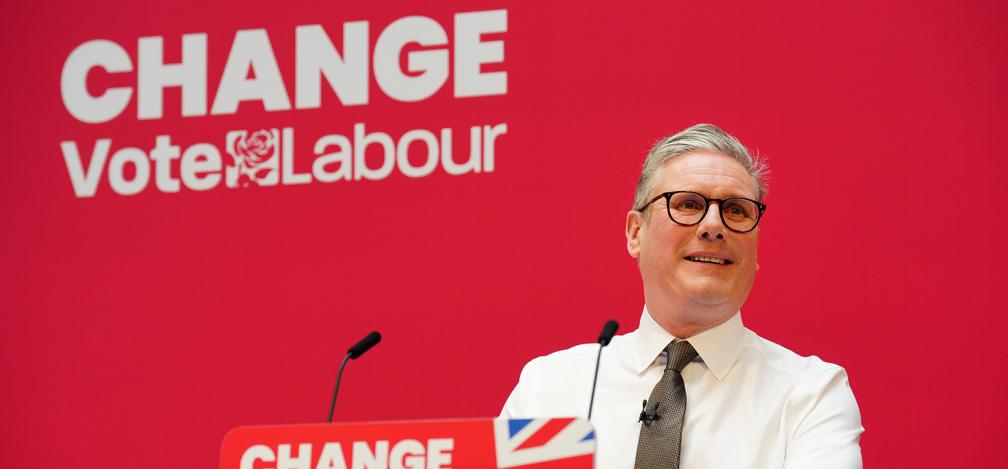How Angela Rayner operates as deputy prime minister is a core question for Labour
Keir Starmer needs to decide what kind of deputy prime minister he might need in government.

Angela Rayner is reportedly marking out her territory as prospective deputy prime minister. She needs to find a model that works effectively in government as well as politically, say Alex Thomas and Catherine Haddon
General election 2024: 10 things we learned from the Labour manifesto
Our IfG experts share what they learned from the manifesto – from how Keir Starmer’s party would use ‘missions’ to govern to its approach to ethics and standards.
Read the comment